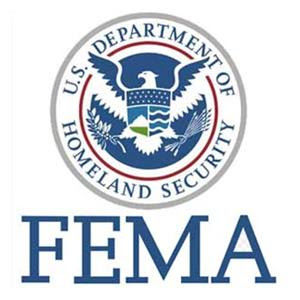
FEMA Awards Jacksonville Nearly $21.6 Million for Hurricane Irma Expenses
November 15, 2019
FEMA has approved $21,582,461 for the State of Florida to help the City of Jacksonville defray the costs of debris removal for Hurricane Irma under FEMA’s Public Assistance Program.
FEMA funds will reimburse the City of Jacksonville for the collection, reduction and disposal of debris between Sept. 18 and Oct. 17, 2017 following the September 2017 storm. During that time period, city workers and contractors gathered and hauled away 957,877 cubic yards of vegetative debris and 14,066 cubic yards of construction/demolition debris from roads and public property for landfill disposal. In addition, 506 amaged trees and 36,558 hanging limbs determined to pose a threat to public health and safety were also removed.
Funding for this Public Assistance (PA) project is authorized under Sections 403 of the Robert T. Stafford Act for Florida to cover Hurricane Irma-related expenses, reimbursing eligible applicants for the cost of debris removal; life-saving emergency protective measures; and the repair, replacement or restoration of disaster-damaged facilities like buildings, roads and utilities.
FEMA’s Public Assistance grant program is an essential source of funding for communities recovering from a federally declared disaster or emergency. The Florida Division of Emergency Management works with FEMA during all phases of the PA program and conducts final reviews of FEMA-approved projects.
Applicants work directly with FEMA to develop project worksheets and scopes of work. Following approvals by FEMA and FDEM, FEMA obligates funding for the project.
FEMA’s Public Assistance program provides grants to state, tribal, and local governments, and certain types of private non-profit organizations including some houses of worship, so that communities can quickly respond to and recover from major disasters or emergencies.
The federal share for Public Assistance projects is not less than 75 percent of the eligible cost. The state
determines how the non-federal share of the cost of a project (up to 25 percent) is split with the sub-recipients like local and county governments.